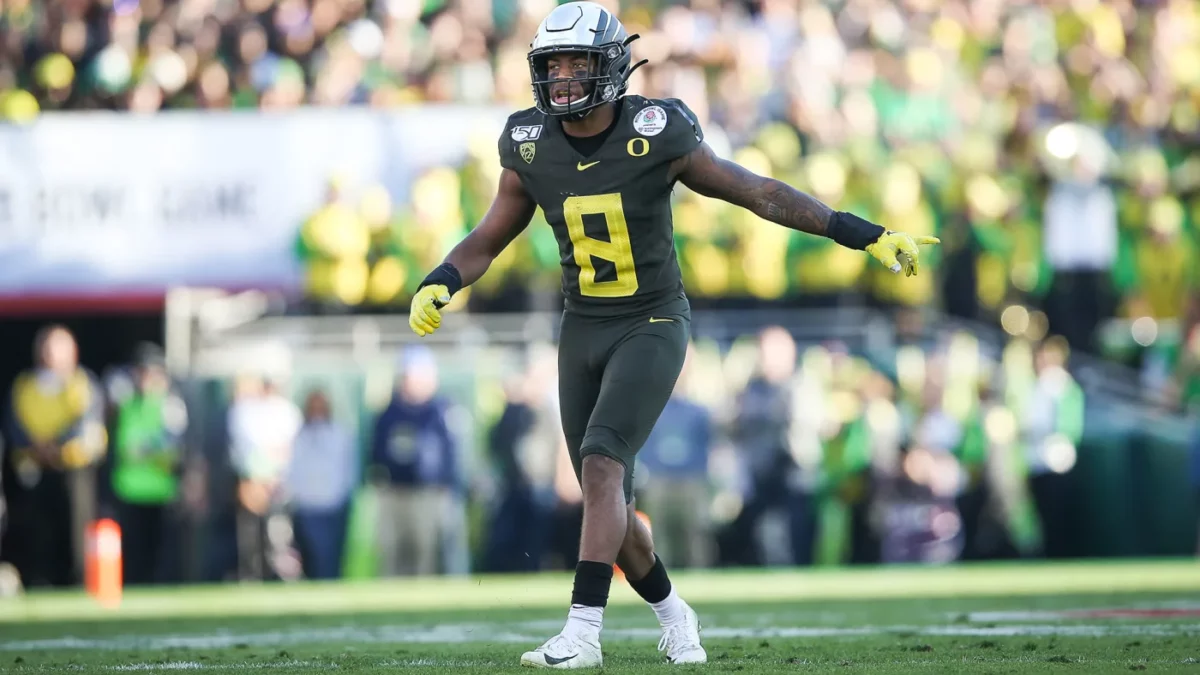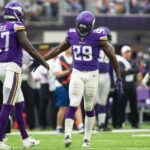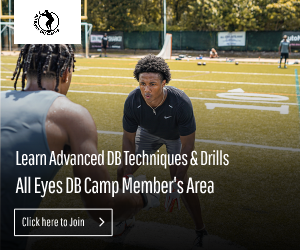Safeties serve as the last line of defense, responsible for safeguarding against deep passes and providing crucial support in various coverages. One of the key skills that sets great safeties apart is their ability to read the quarterback’s intentions. By studying the quarterback’s body language, eyes, and tendencies, safeties can anticipate plays, make crucial interceptions, and impact the outcome of a game. In this article, we’ll look into the art of reading the quarterback as a safety and offer strategies to help elevate your game to the next level.
Understanding the Quarterback’s Intentions
The quarterback is the linchpin of the offense, making split-second decisions that dictate the flow of the game. As a safety, your ability to read the quarterback’s intentions can be a game-changer. By observing his pre-snap adjustments, watching his eyes and body movement post-snap, and understanding the offensive scheme, you can position yourself strategically to make impactful plays.
Key Strategies for Reading the Quarterback
1. Pre-Snap Reads
Begin your analysis before the snap. Study the offensive formation, personnel, and tendencies to gain insights into potential plays. Pay attention to the quarterback’s cadence, as certain plays might be indicated by his rhythm and vocal cues. Also, beware of the location of certain key players. Some teams run plays through a certain individual on the offense. So a key player can be lined up in the backfield, at wing, at Z or at X on any given play. Locate the key player.
2. Eye Tracking
Once the ball is snapped, focus on the quarterback’s eyes. They are often a reliable indicator of his intended target. If his eyes lock onto a receiver, he’s likely to throw in that direction. However, be cautious of quarterbacks who use pump fakes or deliberately look off defenders to deceive you. Film study really helps you hone in on what the QBs eye tendencies are. Some stare down receivers, others tend to look one way then throw the other. Get a bead on what the tendencies are and rely on them once the game comes. Don’t second guess yourself if you have put in the work of studying.
3. Route Recognition
Familiarize yourself with common route combinations based on offensive formations. This knowledge will help you predict where the quarterback might target the ball. Recognizing the relationships between receivers’ routes can give you an advantage in positioning. This could be the most important key of all. It’s also why quarterbacks and receivers make good safeties when they are sent to the defensive side of the ball. They come with a built in understanding of how routes mesh together as well as how a quarterback’s footwork coincides with the routes that are run. If you have not had the fortune of playing offense much or at a high level then seek to gain a high level understanding of route combinations and quarterback timing with routes.
4. Recognizing Dropbacks
Different quarterback dropbacks provide clues about the depth of the pass and the type of play. A deep drop might indicate a deep pass attempt, while a quick drop could signal a shorter throw. Adjust your depth accordingly based on the situation. Like route combinations, getting a deep understanding of the quarterback’s footwork can enhance your anticipation of what is likely to come. Not all play action fakes are the same. What matters is the footwork that comes after the fake. Not all rollouts are the same and of course, there are varying types of straight pass drops. Each one means something and it’s in your best interest to learn what they mean in terms of routes being run and who is likely to be targeted for a pass.
5. Offensive Tendencies
Study game film to learn about the opponent’s offensive tendencies. Some quarterbacks have favorite targets in specific situations. Understanding these tendencies can help you anticipate where the ball is likely to go. Quarterbacks are creatures of habit. When they get caught in sticky situations, they will tend to gravitate to what they believe in the most. Often times that is a specific receiver. Sometimes that can be a certain route or throwing to a particular side of the field. Learn the habits and make the quarterback pay for having them.
6. Film Study
Break down film of your upcoming opponents. Analyze the quarterback’s behavior in different situations and learn to recognize patterns in his decision-making. All of the information discussed in this article is derived from film study. If you truly want to be an elite safety with playmaking ability, a love for and dedication to film study is a must. Pick any elite safety in the game at any level and I can guarantee you that they are avid film watchers. The more clues you can pick up in your film research each week, the slower the game will move for you on game day. Once that starts happening you are on your way to becoming the ballhawk that your team needs you to be.
Chad Wilson is the owner of All Eyes DB Camp and author of "101 DB Tips". He played college football at the University of Miami and briefly in the NFL for the Seattle Seahawks. Over his 15 year high school football coaching career, he tutored over a dozen Division I defensive backs and as a trainer has worked with NFL All Pros, first round draft picks, college football All Americans and Top 10 ranked high school football prospects.









